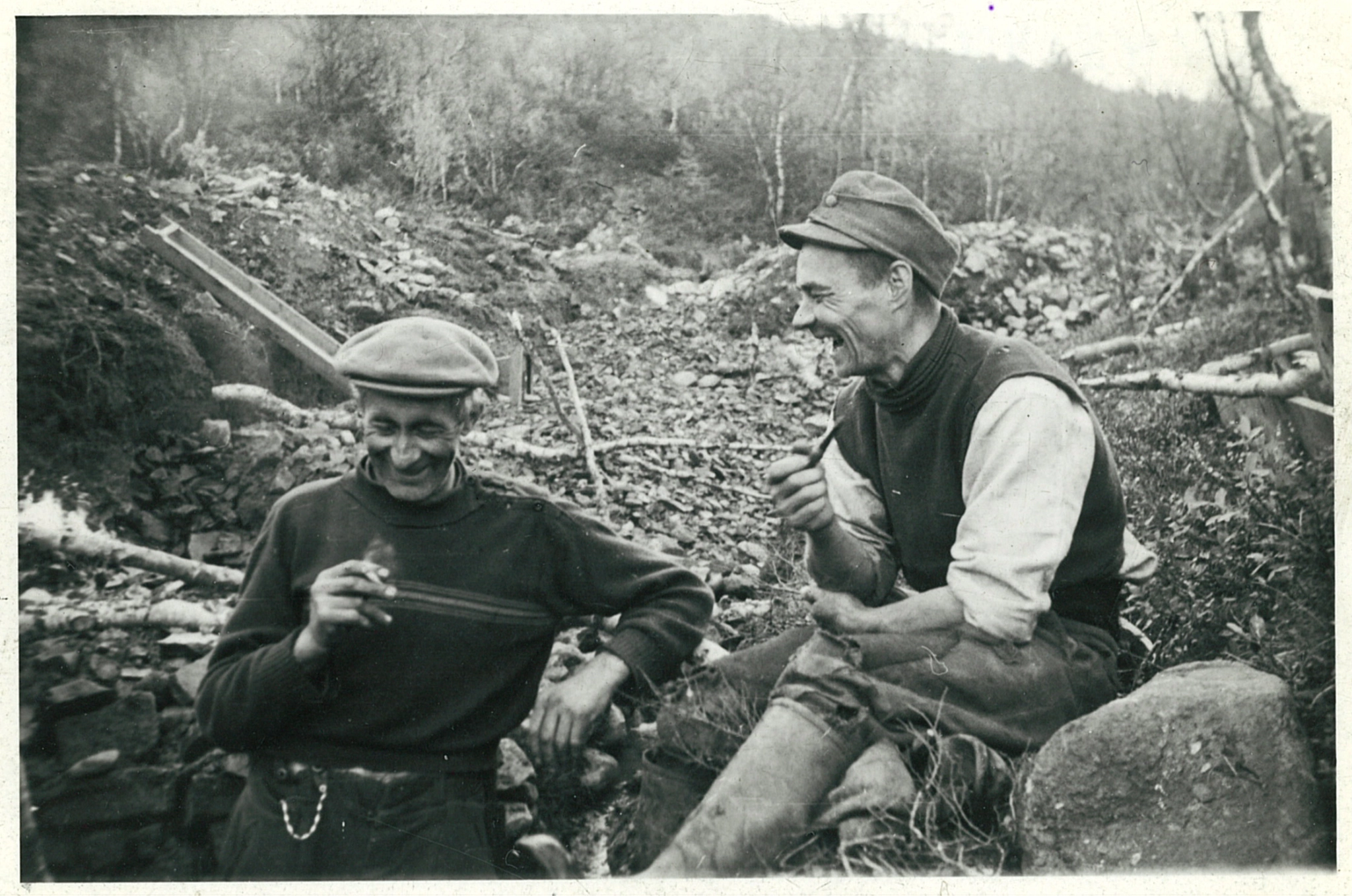
6. Lemmenjoki


6. Lemmenjoki
The area around the Lemmenjoki river was prospected during the early years of the gold rush. Plaintiff Kondrad Plantig refers to this river in 1867 as a region of interest. Gold was not, however, found at that time.
Kaarlo Gummerus, known as Gumsen Kalle, initiated a small-scale rush to Lemmenjoki in 1901 with news of his gold discovery. Local merchants hired Kalle to guide an expedition. He led it to the mouth of Puskuoja creek. Despite of numerous test diggings gold was not found and the expedition of 1902 was soon forgotten.
Ville Kangasniemi and Hannu Mattus were luckier. They found gold in the autumn of 1919, but they lost the spot in thick fog. They both died next year in Spanish flu, so the secret went with them.
In 1935 Lemmenjoki was the target for Boliden, a Swedish mining company, that was searching for a suitable place for machine-operated gold mining. While such site was not found, prospecting was no longer continued.
A new rush to Lemmenjoki
In 1945, the gold discovery of the Ranttila brothers Uula, Veikko and Niilo triggered a new rush to Lemmenjoki. Late 1950s and early 1960s were the years of most feverish activity in this area.
Since 1950 Lemmenjoki and the gold prospectors there were source for numerous unforgettable stories. For decades Lemmenjoki with its tributaries was the most profitable area for placer gold mining and the origin of some of the biggest nuggets.
Gold prospectors of Lemmenjoki founded a federation in 1949 to solve occasional disputes and conflicts and to communicate with the authorities. The first meeting of the federation was held in Pellinen’s cabin in Morgamoja. At that time the assistant of Pellinen’s cook was a young Dutch lady, Sylvia Petronella van der Moer. Her adventures were later published and she became one of the best known legends of the gold fields.
Lemmenjoki – the era of machines in the gold fields
Kullervo Korhonen was the first prospector to transport an excavator to Jäkälääytsi, a tributary of Lemmenjoki, in 1951. This machine, Åkerman 200, was hauled to the gold fields by caterpillar Mörö, an all-terrain vehicle of the Geological Survey.
It soon became evident that the excavator did not work as expected. Gold was hidden in the crevices of the bedrock, out of reach of the clumsy machine. The excavator did not prove to be useful enough. After two years of desperate digging, Kulta-Korhonen went bankrupt.
Risto Mäläskä designed his own equipment in 1976. On his claim on Miessijoki he used an excavator to shovel the sand and gravel in a large washing drum. Running water and the rotating drum separated coarse material from the auriferous paydirt. From the drum paydirt was directed to shaker board and then to sluice box. Normal pan was used in the final separation of gold.
Machines became increasingly popular in the 1990s. Towards the turn of the century machine powered equipment was used on more than 30 claims. New equipment and techniques opened access to places that previously were out of reach of prospectors.
